The Himalayan state of Himachal Pradesh is famous for its peaceful rivers, valleys and mountains. But it is more than just a tourist attraction for many people. Himachal Pradesh is a holy place with many historical temples which are dedicated to Goddess Shakti. These temple are Known as Shaktipeeth, these temples are of great significance to Hinduism, where fragments of Goddess Sati’s body are believed to have fallen and every year a large number of devotees visit these temples seeking blessings, peace and closeness with God. Every devotee should visit these top Shakti Peeth temples in Himachal Pradesh.
What Are Shakti Peeths?
Shakti Peeths are sacred temples dedicated to Shakti, the divine goddess in Hindu mythology. According to Hindu mythology, Shakti Peethas were created when parts of Goddess Sati’s body fell after her sacrifice in the Indian subcontinent and Lord Shiva, husband of Sati, carried her body in grief, wandered and pieces of her body fell at various places, made and wrote Shakti Peethas. Each Shakti Peeth represents an aspect of Sati and holds a unique and powerful energy that devotees believe can bless, heal and fulfill their wishes.
Why Himachal Pradesh Is Known for Its Shakti Peeth Temples
Often referred to as “Devbhoomi” or “Devbhoomi”, Himachal Pradesh has many Shakti Peeth temples that attract pilgrims from far and wide. These temples are located in tranquil hillsides, giving them a combination of spiritual beauty and natural beauty. The peaceful atmosphere of the mountains makes it easier for devotees to concentrate on worship and attain inner peace. The combination of spectacular scenery and strong sense of spirituality makes Himachal Pradesh a prime location for these holy places.
Jwalamukhi Temple – The Temple of Eternal Flames
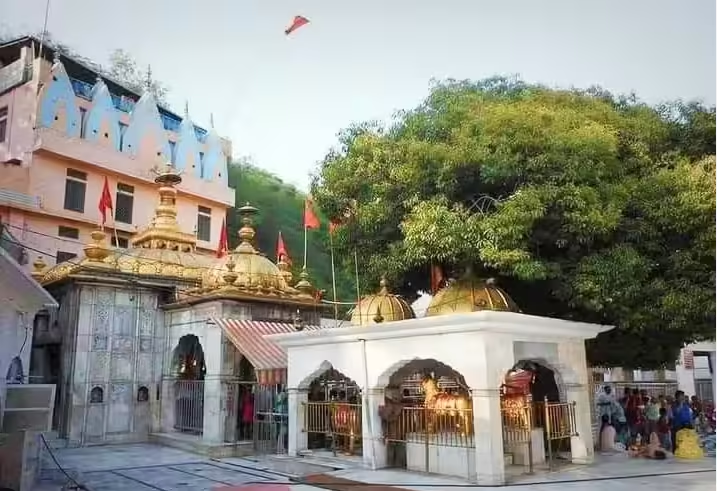
The Jwalamukhi Temple is one of the most precise Shakti Peeths in Himachal Pradesh. It is placed inside the Kangra district and is famous for its natural flames that emerge from the ground. These flames are believed to represent the tongue of Goddess Sati, and there’s no idol inside the temple but have only burning flames. Devotees from all over the us of a come to peer this extremely good phenomenon and provide their prayers. Many believe that those flames are a effective image of the goddess’s presence.
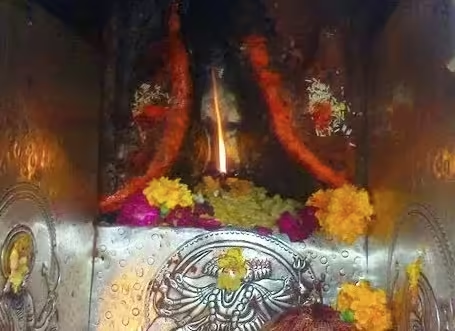
Location: Kangra district, Himachal Pradesh
Significance: Represents Sati’s tongue, symbolized by the eternal flames
Best Time to Visit: During Navratri, when the temple celebrates grand festivals
Naina Devi Temple – The Eyes of the Goddess
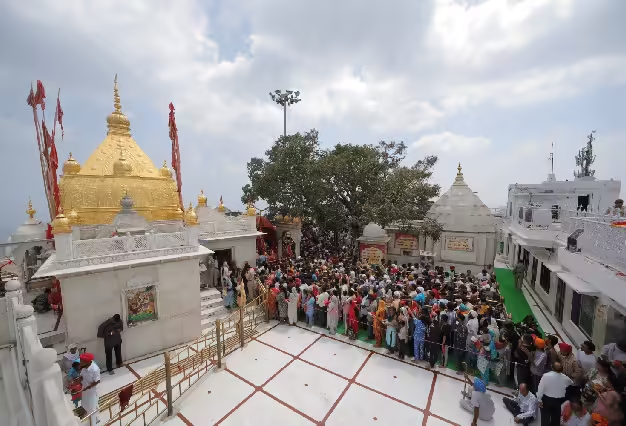
Naina Devi Temple is a famous Shakti Peeth located on a hill in Bilaspur district. This temple is believed to be the place where Sati Devi’s eye fell. The temple offers a beautiful view of the nearby mountains and Govind Sagar Lake. Many pilgrims visit Naina Devi Temple seeking clarity, inner vision and blessings for their lives. The temple’s hilltop location and spiritual atmosphere make it a peaceful place for worship.
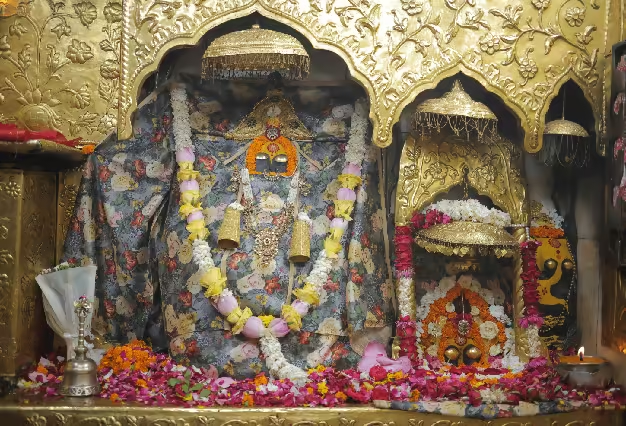
Location: Bilaspur district, Himachal Pradesh
Significance: Represents the eyes of the goddess
Best Time to Visit: During the Shravan Ashtami and Navratri festivals, when the temple hosts special events
Chintpurni Temple – The Wish-Fulfilling Shrine
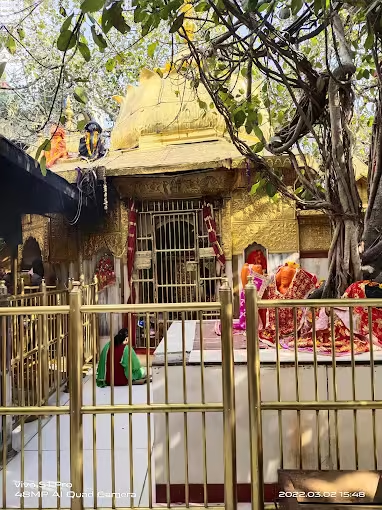
The Chintpurni Temple is located in Una district and is famous as the place where the feet of Goddess Sati fell. Many devotees visit the Chintpurni temple to seek blessings and fulfill their wishes. The temple attracts many pilgrims especially during the festival of Navaratri. It is believed that the goddess blesses everyone who comes with a pure heart and grants them peace, happiness and success. Devotees come here to pray and get relief from anxiety and worry.
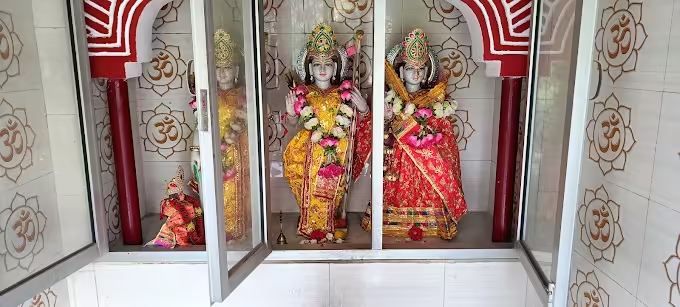
Location: Una district, Himachal Pradesh
Significance: Known as the site where Sati’s feet fell, symbolizing stability and peace
Best Time to Visit: Navratri festival, when many devotees gather here
Brajeshwari Devi Temple – The Temple of Nourishment and Prosperity
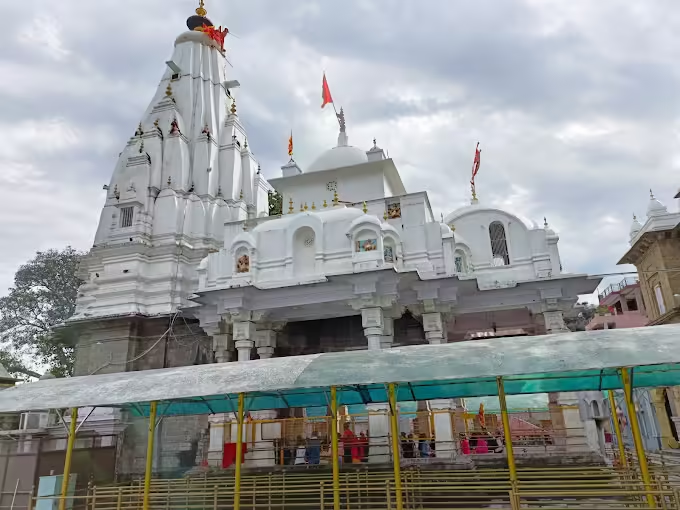
The Brajeshwari Devi Temple is located in Kangra and there is a Shakti Peeth dedicated to the breast of Goddess Sati. This temple is associated with nutrition and prosperity. Famous for the grand celebrations during Lohri, participants believe that prayers offered here bring blessings for abundance and peace. The temple is known for its unique architecture and peaceful surroundings, making it a beautiful place to visit.
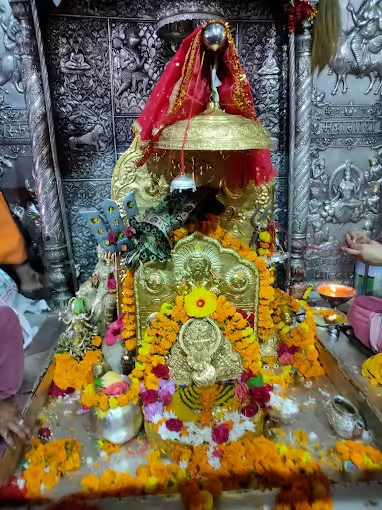
Location: Kangra town, Himachal Pradesh
Significance: Represents the breast of Sati, symbolizing nourishment and prosperity
Best Time to Visit: Lohri festival and Navratri, when the temple is decorated and hosts grand celebrations
Chamunda Devi Temple – The Fierce Protector

The Chamunda Devi Temple is located in Kangra district and represents the awesome form of the goddess Chamunda. According to legend, Chamunda defeated two demons, Chanda and Munda, at this place. Devotees come here seeking courage, protection and relief from evil. The temple is surrounded by beautiful scenery and the riverside location adds to the peaceful and spiritual atmosphere. Many travelers meditate here, finding it an ideal place for reflection.
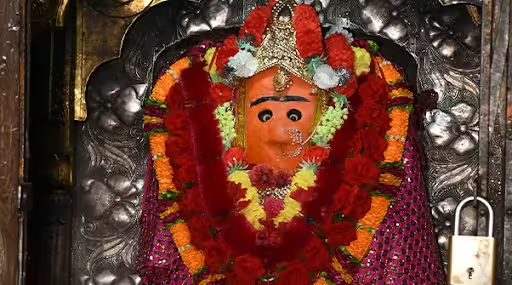
Location: Kangra district, Himachal Pradesh
Significance: Represents the fierce form of the goddess, Chamunda
Best Time to Visit: Navratri, when the temple hosts special events and rituals
Baglamukhi Temple – The Power of Silence and Triumph

The Bagalamukhi Temple in Kangra district is dedicated to Goddess Bagalamukhi who is famous for her ability to control enemies and remove obstacles. This temple is popular with devotees who seek strength, power and victory over challenges. The goddess is associated with tranquility and inner peace, which is necessary to deal with life’s challenges. Many people come here to pray for strength, confidence and success.

Location: Kangra district, Himachal Pradesh
Significance: Known for the goddess’s power to overcome obstacles and achieve triumph
Best Time to Visit: Anytime, though Navratri is popular for special prayers
Shoolini Mata Temple – The Guardian of Solan

The Shulini Mata Temple in Solan is dedicated to the most revered deity in the region. Every year in June, the people of Solan celebrate the Shulini Mela in honor of the goddess. The ceremony includes traditional songs, dances and offerings. Devotees visit this temple to seek blessings for safety, prosperity and good health. Shulini Mata is believed to look after the town and the temple holds a special place in the hearts of the locals.

Location: Solan, Himachal Pradesh
Significance: Honored as the guardian of Solan
Best Time to Visit: June, during the annual Shoolini fair
Hidimba Devi Temple – The Ancient Forest Shrine
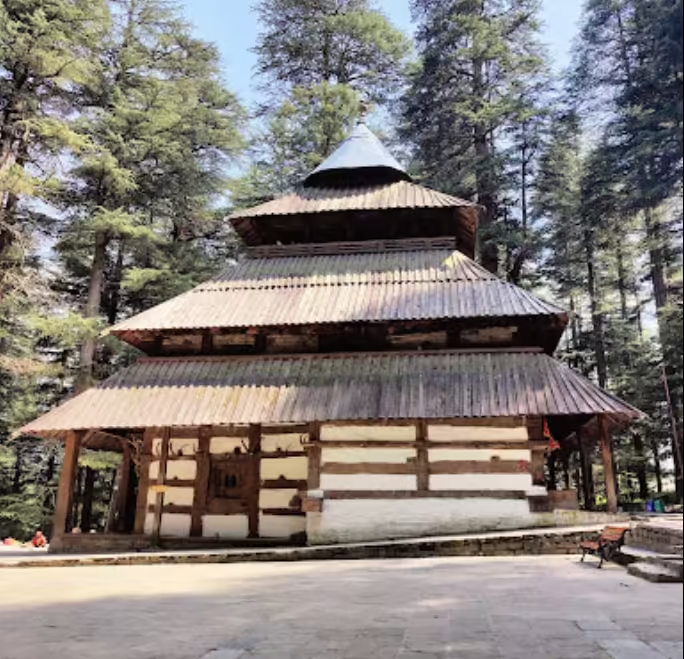
The Hidimba Devi Temple in Manali is dedicated to the revered local deity Hidimba. Although not a traditional seat of power, it is highly regarded in the region. Surrounded by a dense forest of cypress trees, the church has a unique layout, built in the 16th century. Many people consider Hidimba as a form of Shakti, here they pray for protection, goodness and a fulfilling life. The temple is famous for its cultural significance and natural surroundings.

Location: Manali, Himachal Pradesh
Significance: Associated with Hidimba, considered a form of Shakti in the region
Best Time to Visit: May, during the Hidimba fair
Also Read : Malana: Ancient Village of Mysteries
Visiting Shakti Peeths in Himachal Pradesh: A Sacred Journey
Each Shakti Peeth in Himachal Pradesh has a unique legend and significance. Pilgrims believe these temples hold powerful energy and that visiting them can bring blessings, strength, and peace. The beautiful Himalayan surroundings add to the spiritual experience, creating a peaceful and divine atmosphere that helps devotees feel closer to the goddess. For many, visiting these temples is a journey of faith and an opportunity to connect with the deep traditions of Hinduism.
Tips for Visiting Shakti Peeth Temples in Himachal Pradesh
Plan Ahead: These temples are often on hillsides or in remote areas, so plan your travel and accommodations early.
Dress Modestly: Follow local customs and dress appropriately as a sign of respect.
Best Times to Visit: Festivals like Navratri are ideal for visiting, as the temples celebrate with special events and rituals.
Stay Hydrated and Pack Essentials: Carry water, snacks, and other essentials, especially if you’re trekking to these locations.
Conclusion
Shakti Peeth temples in Himachal Pradesh are powerful places where devotees can feel a deep connection with the Goddess. Located in a unique and legendary location, each temple offers an opportunity to seek blessings, find peace and embrace India’s rich spiritual heritage. From the eternal flames of a volcano to the peaceful forests surrounding the Hidimbadevi temple, these holy places form an integral part of the spiritual landscape of Himachal Pradesh.
FAQs
- How many Shakti Peethas are there in Himachal Pradesh?
There are many important Shakti Peeths in Himachal Pradesh like Jwalamukhi Temple, Naina Devi Temple, Chintapurni Temple, Brajeshwari Devi Temple and Chamunda Devi Temple. Each has a specific meaning associated with the myth of the chaste goddess. - When is the best time to visit these Shakti Peeth temples?
Although the temples are open throughout the year, a visit during Navratri can be especially rewarding during other Hindu festivals like Shravan Ashtami, Lohari, or Shulini Mela These are the times when the temples are major festivals, rituals and ceremonies that bring together many travelers - Is there accommodation near these temples?
Yes, these temples usually have available accommodation such as hotels, hotels, dharamshalas (pilgrim rest houses) etc. Besides, many temples have nearby facilities to cater to their pilgrim population especially during festivals. - Are there specific dress codes for visitors to these temples?
Most temples encourage modest clothing as a sign of respect. It is generally recommended to wear conservative clothing, cover your shoulders and legs, and avoid wearing shoes inside the temple. Following these rituals is one way to honor the sacred environment. - Can tourists visit these Shakti Peethas even if they are not Hindus?
Yes, these temples are open to all visitors, regardless of faith, as long as they respect the local customs and the sacred nature of the place. Many visitors enjoy the cultural and historical significance of these temples and find the experience peaceful and enriching.
Visiting the Shakti Peeths in Himachal Pradesh gives a non secular journey as well as an possibility to discover India’s colourful spiritual history. Each temple holds a story, a completely unique electricity, and a connection to the goddess that has drawn devotees for centuries. Whether you’re a pilgrim or a curious traveler, these temples offer a space for mirrored image, advantages, and awe, set towards the lovely backdrop of the Himalayas.




